‘The solution isn’t to abandon markets’: BlackRock’s Larry Fink is betting on a new wave of investment as a cure for economic anxiety. What he’s selling and what it means for your portfolio
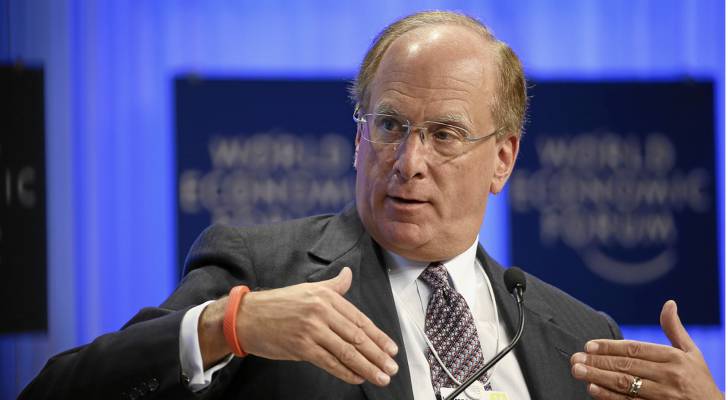

We adhere to strict standards of editorial integrity to help you make decisions with confidence. Some or all links contained within this article are paid links. Just when people are more worried than ever about their investments, even to the point of cashing them out, BlackRock Inc. CEO Larry Fink says it’s time to go […]
‘I’m working my butt off’: This 66-year-old works 11-hour days, has no savings or 401(k), and lives with roommates — here’s how to start building a nest egg ASAP
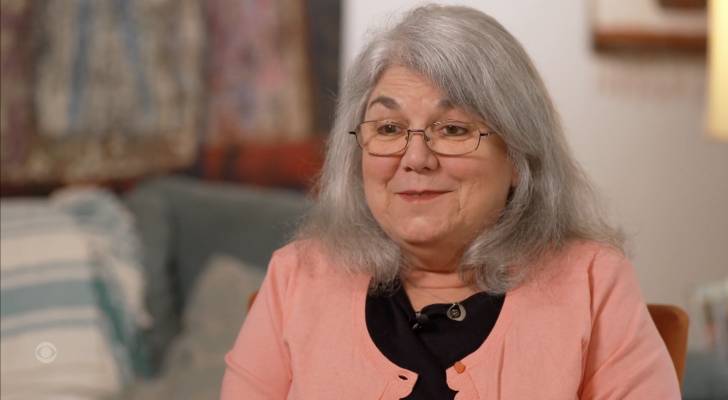

We adhere to strict standards of editorial integrity to help you make decisions with confidence. Some or all links contained within this article are paid links. Maryann O’Connor, a single mom who adopted and raised three kids, envisioned a comfortable retirement. However, her reality tells a different story. Don’t miss I’m 49 years old and […]
Here’s 1 big money move that sets rich American retirees apart from other seniors — do it now to rocket up the wealth ladder


We adhere to strict standards of editorial integrity to help you make decisions with confidence. Some or all links contained within this article are paid links. What’s the secret to a wealthy retirement? It’s more than saving or investing earlier — though those help. The real game-changer, the move that separates the financially comfortable from […]
Tony Robbins issues dire warning about retirement — calls on Americans to get ‘head out of the sand’ and says Social Security isn’t enough. Here’s the ‘ultimate power’ you need now
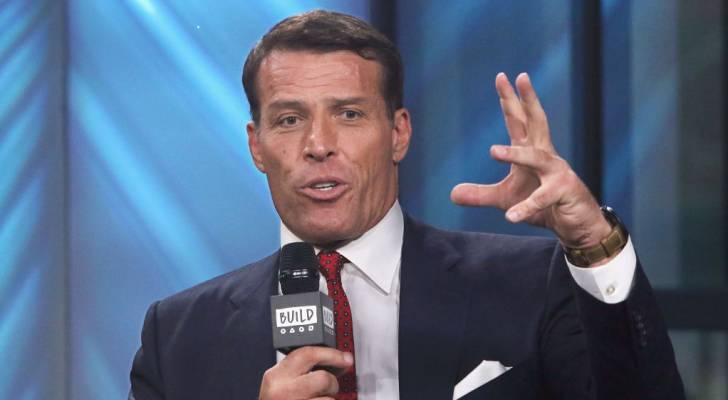

We adhere to strict standards of editorial integrity to help you make decisions with confidence. Some or all links contained within this article are paid links. America’s Social Security program is both popular and woefully underfunded. Experts have been warning that the social safety net millions of Americans rely on is on the verge of […]
Warren Buffett dumped 2 US-based investments he’s told millions of Americans to buy for years — should you get rid of them too?


We adhere to strict standards of editorial integrity to help you make decisions with confidence. Some or all links contained within this article are paid links. Warren Buffett is not only one of the savviest investors of our time, but also one of the wealthiest. The Oracle of Omaha, who announced on May 5 that […]
The No. 1 rule for becoming a millionaire in America, according to Maria Bartiromo and this Ramsey Show host — will you ignore or follow it in 2025?
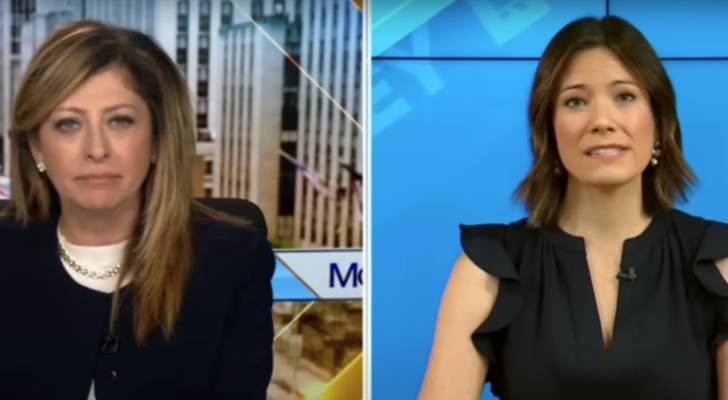

We adhere to strict standards of editorial integrity to help you make decisions with confidence. Some or all links contained within this article are paid links. Many Americans dream of becoming a millionaire, and most think they’ll need to be one to retire comfortably. According to the 2024 Planning & Progress Study published by Northwestern […]
Here’s what Americans can (and should) do at age 59 ½ — how many opportunities are you missing?


We adhere to strict standards of editorial integrity to help you make decisions with confidence. Some or all links contained within this article are paid links. Age 59 ½ isn’t considered a popular milestone, but it probably should be. At this age, a flurry of new financial options and benefits become available to you. It’s […]
This former minimum-wage worker retired at 39 with a $3.5M nest egg — now he’s an American expat living on $185K/year in Dubai. Here’s how he achieved freedom so early (and how you can too)
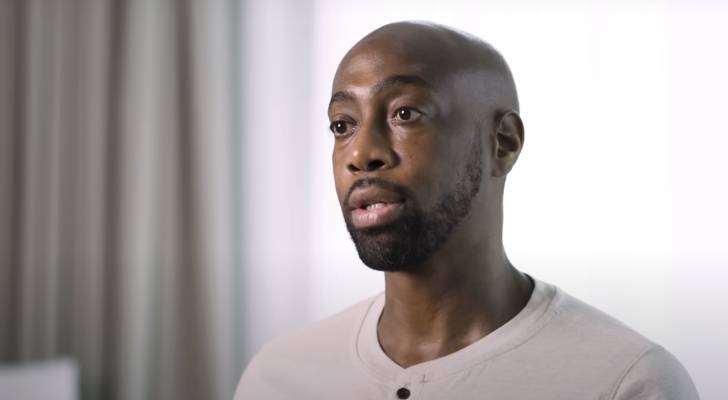

We adhere to strict standards of editorial integrity to help you make decisions with confidence. Some or all links contained within this article are paid links. Jamal Robinson didn’t come from money. He started at the bottom, working as a church janitor at 14 before landing a minimum-wage job at Taco Bell, working long shifts […]
Mark Cuban said this will be the ‘No. 1 housing affordability issue’ for Americans — and predicts Florida will have ‘huge problems.’ How you can protect yourself in 2025


We adhere to strict standards of editorial integrity to help you make decisions with confidence. Some or all links contained within this article are paid links. There’s passionate debate about how to solve America’s ongoing housing crisis, much of which revolves around mortgage rates, zoning issues, immigration and construction. However, billionaire entrepreneur and investor Mark […]
Do you rely on your monthly Social Security check to get by? Here are 3 simple money moves for US seniors during Trump’s presidency


We adhere to strict standards of editorial integrity to help you make decisions with confidence. Some or all links contained within this article are paid links. Many Americans are heavily reliant — even solely reliant — on their Social Security benefit to get by in retirement. More than half of non-retired Americans (53%) expect to […]